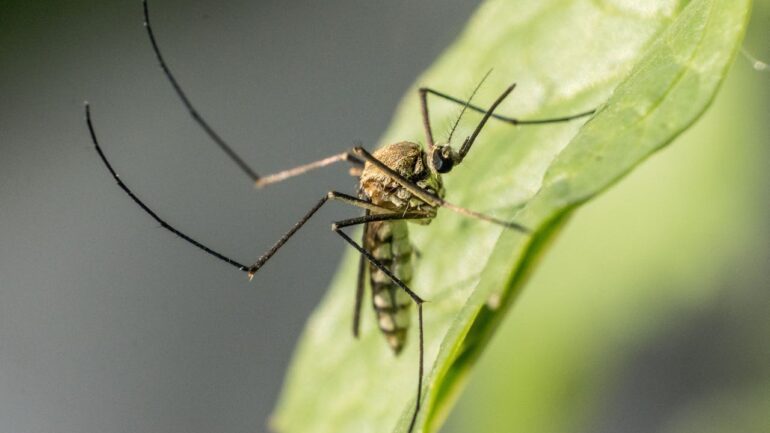If you are a regular sufferer of bed bugs, you are probably wondering what causes bed bugs and how they spread. You need to know, for one thing, that there are treatments to eliminate these critters. Second, they do not stay in one place; they can move from room to room and feed on blood. There are ways to keep them out of your home and methods of catching them out of hiding places.
Contents
Live in Any Area of The Home
A bed bug infestation can be tough to deal with. They can last for several months and can cause a lot of distress. There are, however, some actions you can take to aid in preventing or eradicating an infestation.
First, you need to be aware of how to recognize bed bugs. The bite marks are one of the most noticeable signs. You’ll see them on your hands, face, neck, and arms.
Bedbugs also have a characteristic smell. It’s a coriander-like scent. If you notice a large number of them, this can signify a heavy infestation.
If you think you have a bedbug infestation, you’ll need to find a professional pest control service for bed bug treatment staten island. Professional pesticide applicators are better equipped to spot and treat infestations.
Feed on Blood
A bed bug is a blood-sucking insect that feeds on humans and other mammals. Most species prefer human or mammalian blood, while a few choose to eat the blood of specific animals. They are usually a brown or red color, with a flat body and no wings.
These insects live in cracks and crevices of mattresses, bedding, and other home areas. Females lay between two and five eggs a day and can lay hundreds of them in their lifetime.
Bed bugs undergo several immature stages before reproductive maturity during the life cycle. Once they reach adulthood, they become swollen and turn dark red.
They can survive for a year without a host. However, they are not known to transmit pathogens to humans.
Spread From Room to Room
The bed bug is an indoor pest that can be a nightmare for homeowners. Not only are they hard to get rid of, but they can also spread throughout your home if you don’t take the proper measures.
Bed bugs are small, flat creatures that can hide in the seams of furniture. They are also highly mobile. In fact, they can travel at speeds comparable to an average adult sprinting.
The best way to prevent an infestation is to keep your home decluttered. If you’re relocating to a new house or haven’t done any cleaning in a while, it’s a good idea to take the time to thoroughly clean your new space.
To kill bed bugs, apply bed bug powder to all surfaces. This is because the powder will work to kill the insects and make them less likely to breed. Once you’ve applied the powder, vacuum up the excess.
Luring Them Out of Hiding Spots
Luring bed bugs out of hiding spots is a tricky business. These insects have a knack for avoiding detection for weeks, months, or even years. It’s possible to find them in nooks and crannies like the cracks in a mattress or in crevices in a wall, but once you have seen them, you’ll have to do something about them.
Luckily, you can try a few products and tactics to lure bed bugs out of their hideaways. For example, you can use carbon dioxide bags and traps to get the job done.
The CO2 fumigation technique is a great way to eliminate bed bugs in hidden areas. However, it should be handled by a professional.
Treatment
Managing bed bugs involves the use of both chemical and nonchemical tactics. The most effective method is thermal remediation. It uses the biology and behavior of bed bugs to kill them.
An excellent way to prevent bed bug infestations is to use a mattress cover and wash bedding. Sealing cracks and openings may also help. If you’re concerned about bringing bed bugs into your home, consider hiring a pest control professional.
Several types of pesticides can be used to eliminate bed bugs. You must read the label carefully before deciding which one to purchase.
Bedbugs are small and can hide in nooks and crannies. They’re often found around the seams and beading of mattresses. They’re also in the cracks of plaster or in the holes of skirting boards.





